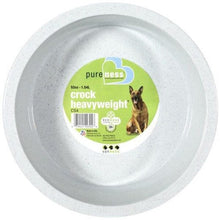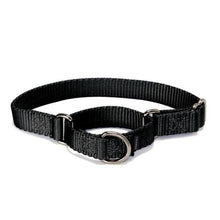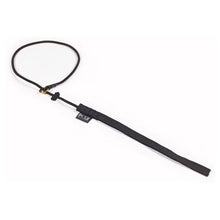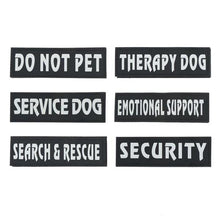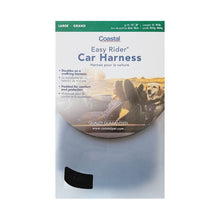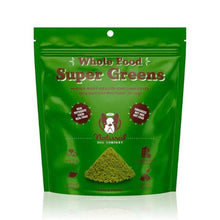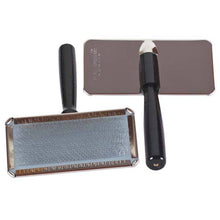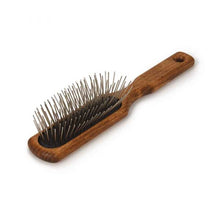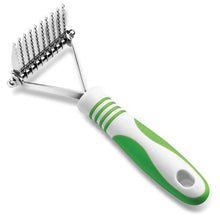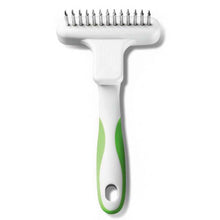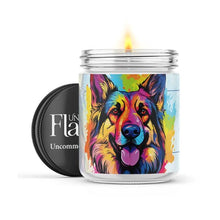How To Train Your Dog With Reward Based Training
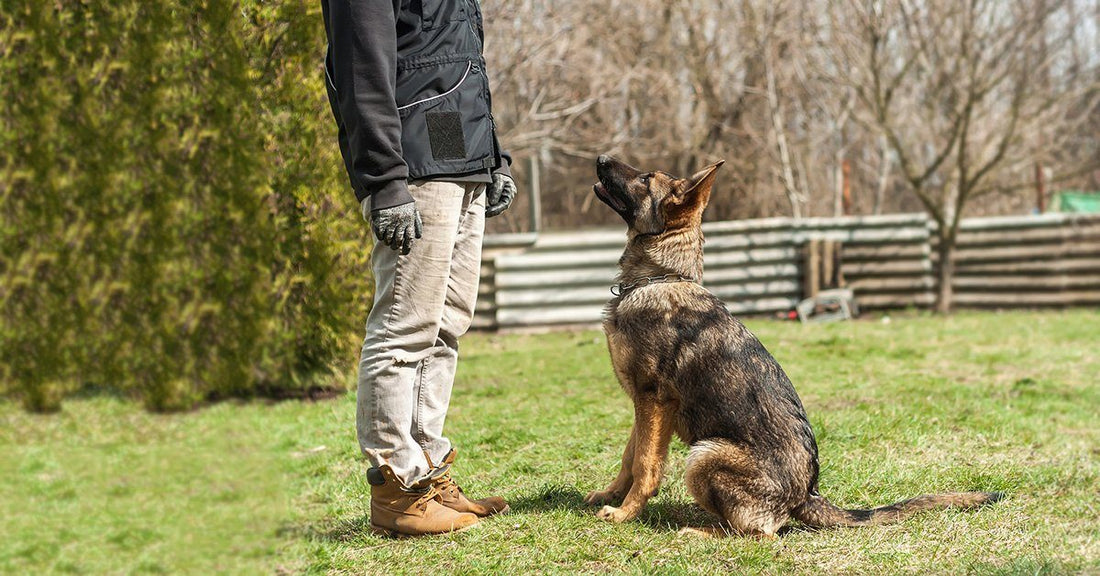
Reward Based Training
Offering a reward of any kind will be ineffective if you don't time it correctly. If you tell your dog to sit, then give him or her a treat 5 minutes later, you'd rightly assume the reward was too late and that he or she won't associate it with obeying your command. But even 5 seconds is too long. Studies into marker training - a method of positive reinforcement that uses a marker word, or a click from a clicker; shows that using a marker immediately as your dog completes an action, means that dogs learn and understand concepts in a much shorter amount of time.
If you give your dog the command to sit, as soon as his or her hindquarters touch the floor, you should mark the moment with a "Yes" or a click from your clicker and then reward with food. The dog will learn that the marker or click means that it has done the right thing at that moment and that a reward is on the way. After a dog knows what a command means, you might ask him to perform several repetitions before giving it a reward.
Dogs who never get a reward have no incentive to work. Dogs who always get a reward only have the incentive to work when hungry. The goal is to reward the dog, not feed it. If you're giving a treat for every successfully completed command over 3, 10-minute training sessions a day, you'll have basically fed a dog a full meal of treats.
Dogs who get rewards sporadically try harder. This training concept was first studied using pigeons who were rewarded with food for pressing a button. The group of birds who received food every time they pressed the button only used the button when hungry. The group who never received a reward when pressing the button ignored the button completely. Importantly, the group who were rewarded only sometimes when they pressed the button ended up pressing the button more than either group. Further studies show that this concept works for multiple species, including dogs. Your dog will want to work more and will pay more attention if it doesn't know when the reward is coming. They know they're doing the right thing and they know a reward is eventually coming. The suspense of not knowing how many repetitions or exercises they must cycle through before a reward builds drive to keep working harder to get the reward.
What Kind of Food to Use
Generally, you want soft, high value food rewards to give as treats. Many people go to the store and give treats the size of a half dollar or hard treats like Milkbones. The bigger the treat, the longer it takes to eat and thus the more concentration lost. A training treat should be 2 or 3 times the size of a pea and be capable of being eaten in a fraction of a second. If it takes more than a fraction of a second to get down, the dog becomes more focused on eating than staying engaged with you. Engagement is everything in dog training. A dog who isn't engaged, isn't listening to your commands. It's sniffing the ground, wandering off, or watching the neighbor walking down the street. In a situation where your dog loses engagement, it often doesn't process the fact that you're giving commands.
Earlier, high value treats were mentioned. What constitutes high value? Normally these are going to be savory foods that are, sadly, relatively unhealthy. These are foods you wouldn't feed as a meal but are perfectly fine in small quantities. Things like cut up hot dogs, bits of unseasoned steak (cooked), pieces of string cheese etc. Because you're using such small pieces, an entire 10-minute training session might only use up a quarter of a hot dog, half a stick of string cheese and half an ounce of steak. For maximum engagement, mix them up in one treat pouch so they never know what to expect.
Speaking of treat pouches, you should definitely invest in one. You don't want greasy bits of steak and slimy hotdog pieces in your pocket. Treat pouches make it quick, easy and more sanitary when training your dog. Speed and timing of reward are the most important things in reward-based training, save for engagement. Speedy reward is a dual benefit because it also increases your dog's engagement. If you've never used one, a treat bag is a huge game changer because it allows you easy, quick access to your rewards.
Increasing Engagement
Now that you know how to reward, the benefit of rewards, and what tools and types of treats you need to do this kind of training efficiently and effectively, we come full circle to the most important part of rewards based training. Maintaining engagement. Using the proper tools and treats and using a marker all increase engagement, but there are a few tips and tricks to make your engagement levels with your dog increase even more. Doing these things can more than double the attention your dog gives you in training.
1: Reward engagement. Teach your dog a command to watch you. It's as simple as saying something like "Watch" when your dog is losing focus, then marking the moment the dog looks back at you and following up with a treat reward. They'll begin to associate "Watch" with giving their attention back to you for reward.
2: Start off at home in a quiet area. Imagine trying to train a new puppy in a bustling park. They're going to be focused on new sights, smells, joggers, other dogs etc. Start at home in a familiar setting. Turn the television off, don't have guests over, make the environment boring. If the environment is boring, you handing out treats is the most interesting thing around.
3: Use a leash and flat collar (flat collars are simply everyday collars you typically see dogs wearing). At the beginning, no special training collars are necessary. You're using the leash to simply keep the dog close to you and so that you can give a little tug towards yourself if your dog or puppy begins to wander or lose focus.
Follow these tips and you'll see a marked improvement in how quickly your dog/s learn. You'll also see a marked improvement on how much more likely they are to perform commands when they're given. A well-trained dog is a happy dog because it knows what's expected of it. It's a safer dog because it's more likely to come when called in dangerous situations like accidentally getting outside and running towards the road. Stay safe, keep training fun and most importantly: train every day!





